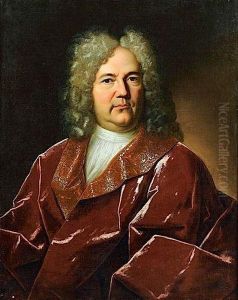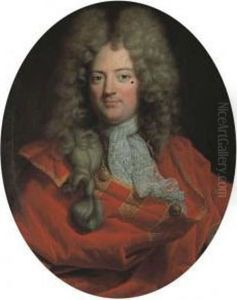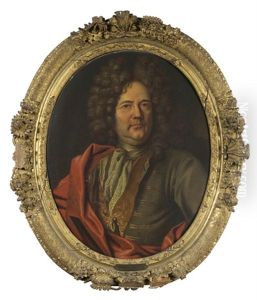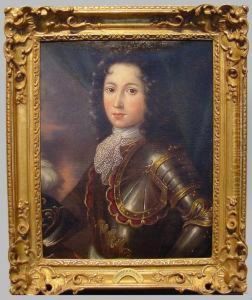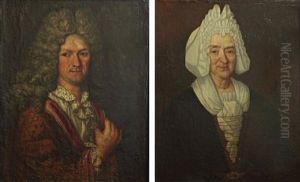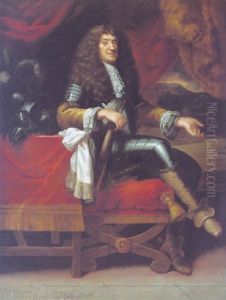Gaspard Rigaud Paintings
Gaspard Rigaud was a French baroque portrait painter, born in 1661 in Perpignan, France. He was the younger brother of the more famous Hyacinthe Rigaud, who was also a prominent portraitist during the same period. Despite his brother's overshadowing fame, Gaspard developed his own unique style and enjoyed a certain level of success and recognition in his own right.
Gaspard Rigaud likely received his initial artistic training from his brother Hyacinthe, who was well-established in the artistic community. He then moved to Paris to further his career, where he became known for his portraits, which were appreciated for their elegance and detail. His clientele mainly consisted of the nobility and the bourgeoisie, who sought his skills to depict them with the grandeur and dignity that was highly valued at the time.
In comparison to his brother, Gaspard's work is less well-documented, and fewer of his paintings survive to the present day. Nevertheless, he made a significant contribution to the French portraiture of the late 17th and early 18th centuries.
Gaspard Rigaud's career was relatively short, as he died in 1705 at the age of 44. Despite his early death, his works continued to be appreciated for their quality and craftsmanship. His paintings are characterized by a refined use of color and a clear attention to the sartorial and physical details of the sitters, which is consistent with the style of portraiture in the reign of Louis XIV, known as the Sun King.
Rigaud's artistic legacy is often overshadowed by that of his brother, but his portraits remain an important part of the French Baroque period's artistic heritage. Today, Gaspard Rigaud's works can be found in art collections and museums in France and around the world, where they continue to be studied and admired for their contribution to the history of portraiture.
